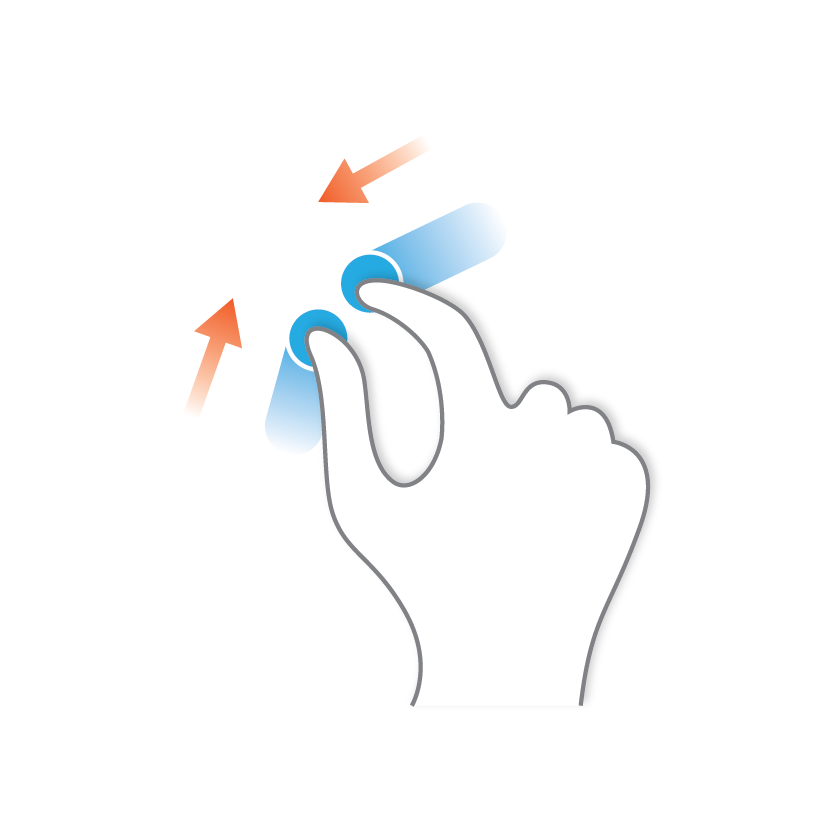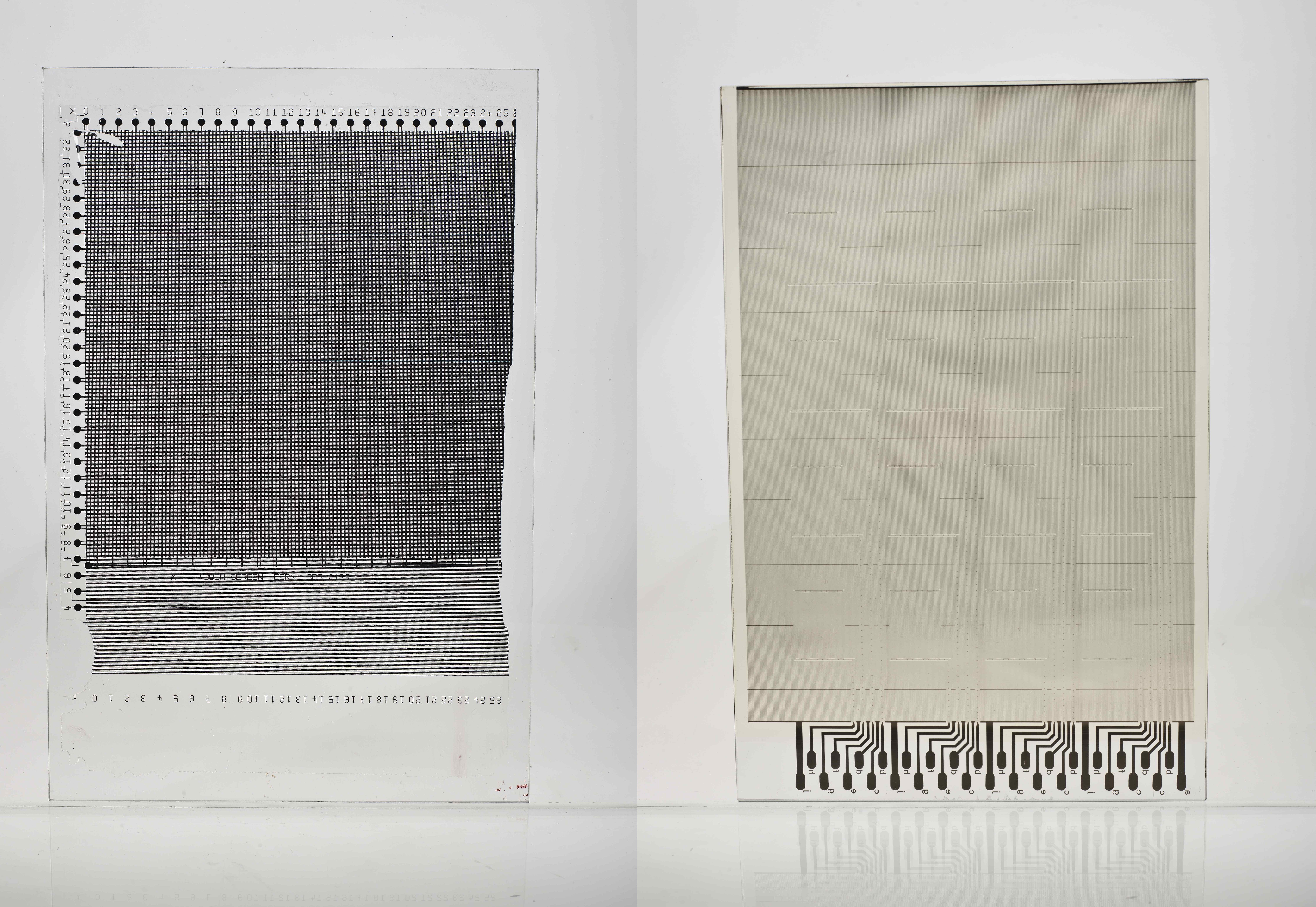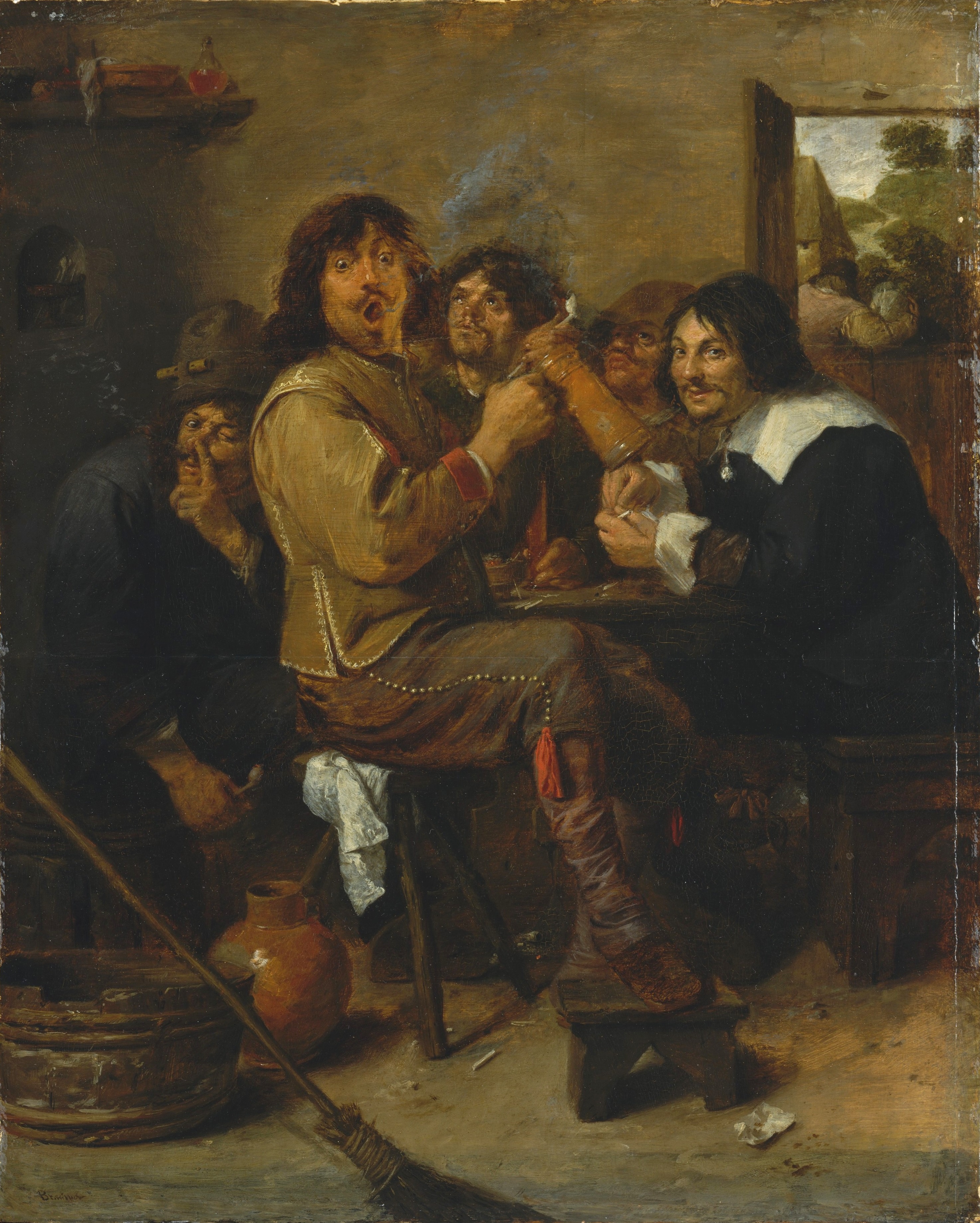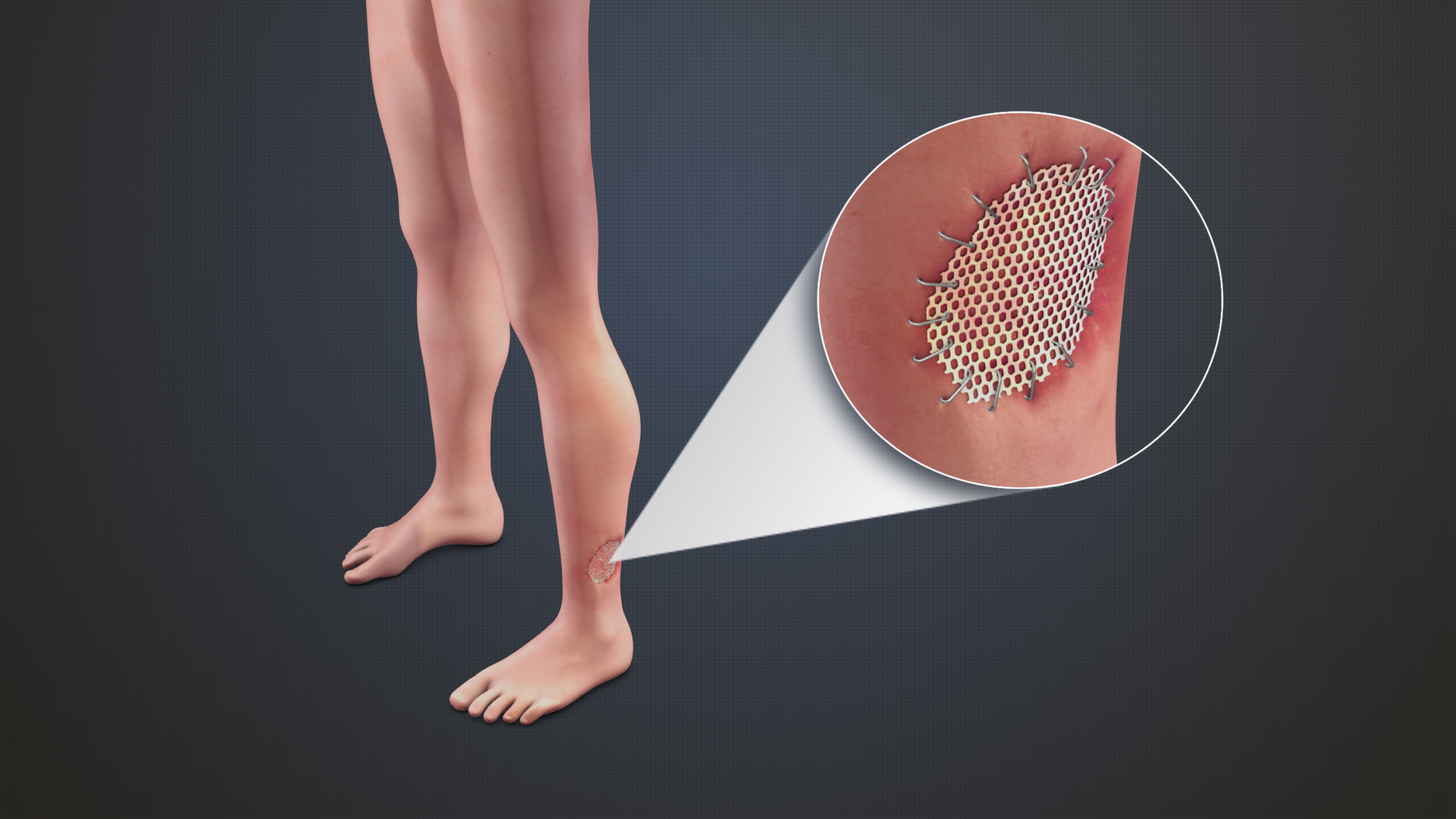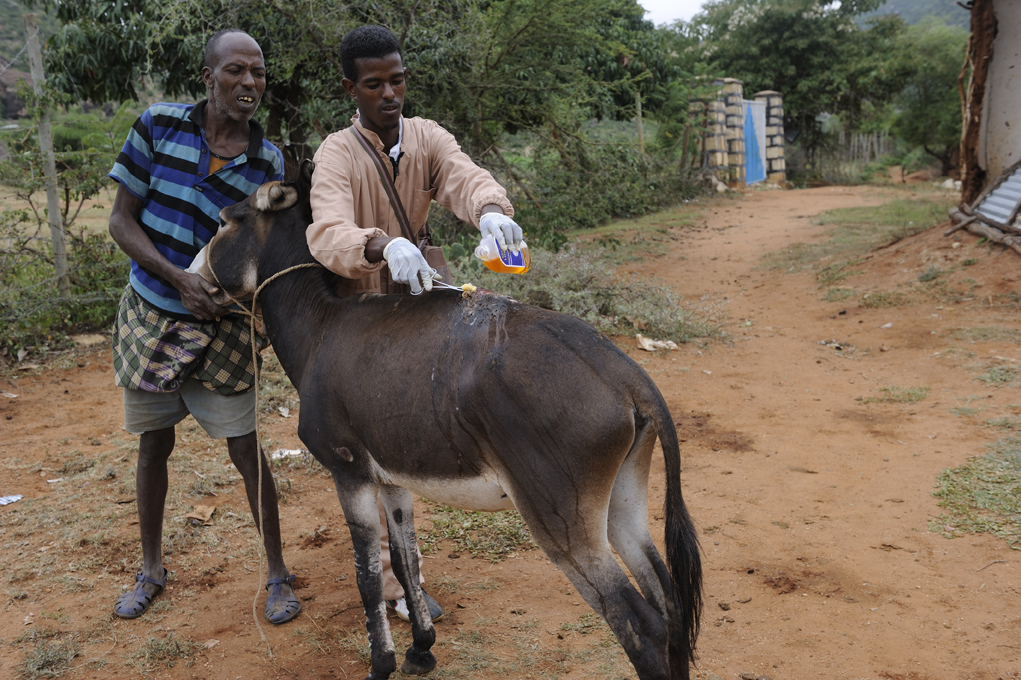|
Pinch (action)
A pinch is a grip of a flexible object in which a portion is taken between two fingers, until it hurts, or something of resemblance and squeezed so the gripped portion of the object is lifted from its normal level. By extension, that which is taken in the grip is referred to as a "pinch." When the fingers are used to perform a pinch, the action usually consists of the thumb and one other finger. The closer to the thumb the other finger is located, the stronger the pinch. Pinch of the skin The term "pinch" often refers to the action being taken on the skin. A pinch of the skin displaces the skin and blood beneath from its natural position, and may inflict a minor degree of pain, which may increase if the amount of skin being pinched is smaller, but is usually tolerable to most. Pinching the skin can result in pinch marks, a cutaneous condition, and when on the ears or in the genital region of male children may be suggestive of child abuse. Medical uses Pinching has the foll ... [...More Info...] [...Related Items...] OR: [Wikipedia] [Google] [Baidu] |
Multi-touch
In computing, multi-touch is technology that enables a surface (a touchpad or touchscreen) to recognize the presence of more than one somatosensory system, point of contact with the surface at the same time. The origins of multitouch began at CERN, MIT, University of Toronto, Carnegie Mellon University and Bell Labs in the 1970s. CERN started using multi-touch screens as early as 1976 for the controls of the Super Proton Synchrotron. Capacitive multi-touch displays were popularized by Apple Inc., Apple's iPhone in 2007. Multi-touch may be used to implement additional functionality, such as pinch to zoom or to activate certain subroutines attached to predefined gestures using gesture recognition. Several uses of the term multi-touch resulted from the quick developments in this field, and many companies using the term to market older technology which is called ''gesture-enhanced single-touch'' or several other terms by other companies and researchers. Several other similar or relat ... [...More Info...] [...Related Items...] OR: [Wikipedia] [Google] [Baidu] |
Dehydration
In physiology, dehydration is a lack of total body water that disrupts metabolic processes. It occurs when free water loss exceeds intake, often resulting from excessive sweating, health conditions, or inadequate consumption of water. Mild dehydration can also be caused by immersion diuresis, which may increase risk of decompression sickness in divers. Most people can tolerate a 3-4% decrease in total body water without difficulty or adverse health effects. A 5-8% decrease can cause fatigue and dizziness. Loss of over 10% of total body water can cause physical and mental deterioration, accompanied by severe thirst. Death occurs with a 15 and 25% loss of body water.Ashcroft F, Life Without Water in Life at the Extremes. Berkeley and Los Angeles, 2000, 134-138. Mild dehydration usually resolves with oral rehydration, but severe cases may need intravenous fluids. Dehydration can cause hypernatremia (high levels of sodium ions in the blood). This is distinct from hypovolemia ... [...More Info...] [...Related Items...] OR: [Wikipedia] [Google] [Baidu] |
Skin
Skin is the layer of usually soft, flexible outer tissue covering the body of a vertebrate animal, with three main functions: protection, regulation, and sensation. Other animal coverings, such as the arthropod exoskeleton, have different developmental origin, structure and chemical composition. The adjective cutaneous means "of the skin" (from Latin ''cutis'' 'skin'). In mammals, the skin is an organ of the integumentary system made up of multiple layers of ectodermal tissue and guards the underlying muscles, bones, ligaments, and internal organs. Skin of a different nature exists in amphibians, reptiles, and birds. Skin (including cutaneous and subcutaneous tissues) plays crucial roles in formation, structure, and function of extraskeletal apparatus such as horns of bovids (e.g., cattle) and rhinos, cervids' antlers, giraffids' ossicones, armadillos' osteoderm, and os penis/ os clitoris. All mammals have some hair on their skin, even marine mammals like whales, ... [...More Info...] [...Related Items...] OR: [Wikipedia] [Google] [Baidu] |
Street Drug
Recreational drug use is the use of one or more psychoactive drugs to induce an altered state of consciousness, either for pleasure or for some other casual purpose or pastime. When a psychoactive drug enters the user's body, it induces an Substance intoxication, intoxicating effect. Recreational drugs are commonly divided into three categories: depressants (drugs that induce a feeling of relaxation and calmness), stimulants (drugs that induce a sense of energy and alertness), and hallucinogens (drugs that induce perceptual distortions such as hallucination). In popular practice, recreational drug use is generally tolerated as a social behaviour, rather than perceived as the medical condition of self-medication. However, drug use and drug addiction are Social stigma, severely stigmatized everywhere in the world. Many people also use prescribed and controlled depressants such as opioids, opiates, and benzodiazepines. What controlled substances are considered generally unlawful t ... [...More Info...] [...Related Items...] OR: [Wikipedia] [Google] [Baidu] |
Spice
In the culinary arts, a spice is any seed, fruit, root, Bark (botany), bark, or other plant substance in a form primarily used for flavoring or coloring food. Spices are distinguished from herbs, which are the leaves, flowers, or stems of plants used for flavoring or as a garnish (food), garnish. Spices and seasoning do not mean the same thing, but spices fall under the seasoning category with herbs. Spices are sometimes used in medicine, Sacred rite, religious rituals, cosmetics, or perfume production. They are usually classified into spices, spice seeds, and herbal categories. For example, vanilla is commonly used as an ingredient in Aroma compound, fragrance manufacturing. Plant-based sweeteners such as sugar are not considered spices. Spices can be used in various forms, including fresh, whole, dried, grated, chopped, crushed, ground, or extracted into a tincture. These processes may occur before the spice is sold, during meal preparation in the kitchen, or even at the ... [...More Info...] [...Related Items...] OR: [Wikipedia] [Google] [Baidu] |
Table Salt
In common usage, salt is a mineral composed primarily of sodium chloride (NaCl). When used in food, especially in granulated form, it is more formally called table salt. In the form of a natural crystalline mineral, salt is also known as rock salt or halite. Salt is essential for life in general (being the source of the essential dietary minerals sodium and chlorine), and saltiness is one of the basic human tastes. Salt is one of the oldest and most ubiquitous food seasonings, and is known to uniformly improve the taste perception of food. Salting, brining, and pickling are ancient and important methods of food preservation. Some of the earliest evidence of salt processing dates to around 6000 BC, when people living in the area of present-day Romania boiled spring water to extract salts; a salt works in China dates to approximately the same period. Salt was prized by the ancient Hebrews, Greeks, Romans, Byzantines, Hittites, Egyptians, and Indians. Salt became an impo ... [...More Info...] [...Related Items...] OR: [Wikipedia] [Google] [Baidu] |
Pinch (cooking)
A pinch is a small, indefinite amount of a substance, typically a powder like salt, sugar, spice In the culinary arts, a spice is any seed, fruit, root, Bark (botany), bark, or other plant substance in a form primarily used for flavoring or coloring food. Spices are distinguished from herbs, which are the leaves, flowers, or stems of pl ..., or snuff. It is the "amount that can be taken between the thumb and forefinger". Some manufacturers of measuring spoons and some U.S. cookbooks give more precise equivalents, typically US customary teaspoon; some sources define it as or teaspoon. There is no generally accepted standard. In the United Kingdom, a pinch is traditionally UK salt spoon,Page 14, Good Things in England' (1932) the equivalence of UK teaspoon. UK salt spoon is an amount of space that can accommodate 15 British imperial minims ( British imperial fluid drachm or British imperial fluid ounce; about 14·41 US customary minims (0·24 US customary ... [...More Info...] [...Related Items...] OR: [Wikipedia] [Google] [Baidu] |
Powder (substance)
A powder is a dry solid composed of many very fine particles that may flow freely when shaken or tilted. Powders are a special sub-class of granular materials, although the terms ''powder'' and ''granular'' are sometimes used to distinguish separate classes of material. In particular, ''powders'' refer to those granular materials that have the finer grain sizes, and that therefore have a greater tendency to form clumps when flowing. ''Granulars'' refer to the coarser granular materials that do not tend to form clumps except when wet. Types Many manufactured goods come in powder form, such as flour, sugar, ground coffee, powdered milk, copy machine toner, gunpowder, cosmetic powders, and some pharmaceuticals. In nature, dust, fine sand and snow, volcanic ash, and the top layer of the lunar regolith are also examples. Because of their importance to industry, medicine and earth science, powders have been studied in great detail by chemical engineers, mechanical engineers ... [...More Info...] [...Related Items...] OR: [Wikipedia] [Google] [Baidu] |
Medical Grafting
Grafting refers to a surgical procedure to move tissue from one site to another on the body, or from another creature, without bringing its own blood supply with it. Instead, a new blood supply grows in after it is placed. A similar technique where tissue is transferred with the blood supply intact is called a flap. In some instances, a graft can be an artificially manufactured device. Examples of this are a tube to carry blood flow across a defect or from an artery to a vein for use in hemodialysis. Classification Autografts and isografts are usually not considered as foreign and, therefore, do not elicit rejection. Allografts and xenografts may be recognized as foreign by the recipient and rejected. * Autograft: graft taken from one part of the body of an individual and transplanted onto another site in the same individual, e.g., skin graft. * Isograft: graft taken from one individual and placed on another individual of the same genetic constitution, e.g., grafts be ... [...More Info...] [...Related Items...] OR: [Wikipedia] [Google] [Baidu] |
Veterinary Medicine
Veterinary medicine is the branch of medicine that deals with the prevention, management, medical diagnosis, diagnosis, and treatment of disease, disorder, and injury in non-human animals. The scope of veterinary medicine is wide, covering all animal species, both List of domesticated animals, domesticated and wildlife, wild, with a wide range of conditions that can affect different species. Veterinary medicine is widely practiced, both with and without professional supervision. Professional care is most often led by a veterinarian, veterinary physician (also known as a veterinarian, veterinary surgeon, or "vet"), but also by paraveterinary workers, such as veterinary nurses, veterinary technicians, and veterinary assistants. This can be augmented by other paraprofessionals with specific specialties, such as animal physiotherapy or dentistry, and species-relevant roles such as farriers. Veterinary science helps human health through the monitoring and control of Zoonosis, zoonoti ... [...More Info...] [...Related Items...] OR: [Wikipedia] [Google] [Baidu] |
Schleroderma
Scleroderma is a group of autoimmune diseases that may result in changes to the skin, blood vessels, muscles, and internal organs. The disease can be either localized to the skin or involve other organs, as well. Symptoms may include areas of thickened skin, stiffness, feeling tired, and poor blood flow to the fingers or toes with cold exposure. One form of the condition, known as CREST syndrome, classically results in calcium deposits, Raynaud's syndrome, esophageal problems, thickening of the skin of the fingers and toes, and areas of small, dilated blood vessels. The cause is unknown, but it may be due to an abnormal immune response. Risk factors include family history, certain genetic factors, and exposure to silica. The underlying mechanism involves the abnormal growth of connective tissue, which is believed to be the result of the immune system attacking healthy tissues. Diagnosis is based on symptoms, supported by a skin biopsy or blood tests. While no cure is kn ... [...More Info...] [...Related Items...] OR: [Wikipedia] [Google] [Baidu] |
Skinfold Test
The body fat percentage of an organism is the total mass of its fat divided by its total body mass, multiplied by 100; body fat includes essential body fat and storage body fat. Essential body fat is necessary to maintain life and reproductive functions. The percentage of essential body fat for women is greater than that for men, due to the demands of childbearing and other hormonal functions. Storage body fat consists of fat accumulation in adipose tissue, part of which protects internal organs in the chest and abdomen. A number of methods are available for determining body fat percentage, such as measurement with calipers or through the use of bioelectrical impedance analysis. The body fat percentage is a measure of fitness level, since it is the only body measurement which directly calculates a person's relative body composition without regard to height or weight. The widely used body mass index (BMI) provides a measure that allows the comparison of the adiposity of individua ... [...More Info...] [...Related Items...] OR: [Wikipedia] [Google] [Baidu] |
